English Vinglish: Why future of digital in India is vernacular and topical content
Authored by Inderjit Matharu - Founder, White Digital
Going local is no longer restricted to material things needed for our lives. Regional languages have also become critical for the digital content landscape, with approximately 80% of India’s digitally monetizable users preferring their content in vernacular languages over English. It is also fascinating to note that between 2015 to 2018, when approximately 40 million Internet users were introduced, 9 out of 10 users were Indian language users.
Also read: White Digital agency launches CANVAS
Add topical content to the mix, and you have indeed hit the jackpot. Topical content is the best way to show your audience that you are relevant, creative, and keep your finger on the pulse of the market as a brand. Nothing impresses your audience more than when you can link your business to a completely unrelated trend and weave a powerful story. With topical content, you get the chance to add more personality to your content and surprise your audience.
This shows that vernacular and topical content will rule the roost when it comes to digital content in India.
What is vernacular content, and why it works?
It refers to any content created in regional languages that target the non-English speaking audience. In a country like India, out of 1.3 billion, only 125 million people speak English, providing a massive opportunity for digital marketers and creators to venture into vernacular content creation.
As per a survey conducted by KPMG Google, 70% of Indians tend to rely on digital content that is created in their regional language. 88% of Indian language internet users respond to a digital advertisement in their local language much more than English. When it comes to video consumption, 90% of that happens in local languages.
Vernacular content strikes the right chords for several reasons. You can reach out to a large number of audiences and generate better traction. This is certainly music for the ears of any digital marketer. Secondly, capturing various regional nuances in the content allows you to get a better reaction from the target audiences. Take, for instance food bloggers like Nisha Madhulika. a blog post from the popular recipe blogger Nisha Madhulika. A recipe posted in Hindi on her blog managed to grab the attention of 5.3 lakh plus readers. This is an indicator of how powerful vernacular content can be when you are looking to increase your reach.
The success of any content marketing strategy is defined by its ability to customize the communication for the audience. What better way to do that than communicating in the language that your audience speaks? In fact, tech titans like Google and Twitter have also recognized the immense potential of vernacular content. They have made significant investments in the regional language market and enjoy a 33% growth rate. There’s perhaps a no bigger testament to the success of vernacular content than this.
That’s why crafting a multilingual marketing strategy can be immensely helpful for taking your content marketing strategy to the next level. For example, regional videos are clearly emerging as the future of digital content marketing, given that 64% of customers are more likely to purchase a product online after they have watched a video about the same. If you want to tap into this space and create memorable videos and have a high recall value, it is imperative to make these videos in a language that your customer understands.
How can topical content boost your traffic?
While it may be tempting to run behind evergreen content to never fall from the graces of Google ranking, topical content is a great way to connect with your savvy audience. In the digital age, consumers are never truly unplugged. This means that they are already familiar with happening news or trend. So weaving your content around that can help you to boost engagement.
Even though the impact may last only until the trend’s lifecycle, topical content still delivers an immense value from an SEO perspective. If you create a blog post about topical content and include the right keywords, you can actually earn many backlinks and increase your blog’s authority.
For example, STOP THE COUNT tweet by Donald Trump led to a hilarious trend on Twitter and a lot of brands had a field day cashing on it. Similarly, a trend like #GonnaTellMyKids was an instant hit with Swiggy, famous for witty social media content, which ended up using the trend to create an angle relevant for the brand.
When it comes to creating topical content, remember that time is of the essence. Cashing in on a viral trend right away will give you results - but if you wait for weeks to publish the topical content, you will not find too many takers. At the same time, you should also assess if you can create a marketing angle around the topical content. Publishing topical content for the sake of jumping on the bandwagon is foolish.
Conclusion
It is estimated that by 2021 the market opportunity of vernacular based content in India will be USD 53 billion. Ultimately, any digital content marketing initiative is a two-way street. If you communicate in a language that your audience easily understands and resonates with, you will find it easier to build user engagement and have more meaningful conversations. What good is your marketing effort if you don’t speak the same language as your target group? Similarly, an element of topicality can help establish your brand’s authority and reach out to more audience in a cost-effective manner. If you desire to craft an agile content marketing strategy, include topical content as one of the areas to explore.
This is just the right time to make the most of these opportunities and reap the benefits. So explore more vernacular and topical content and watch your marketing efforts soar.




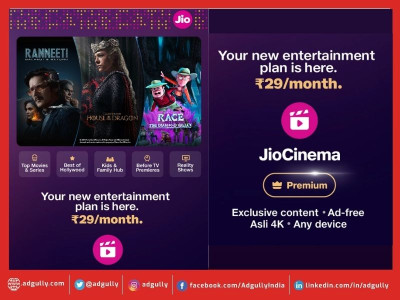






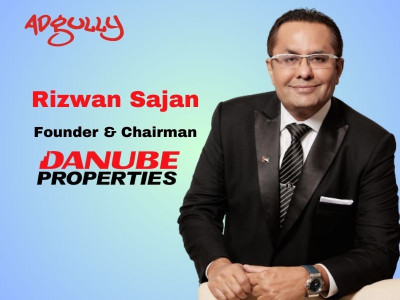
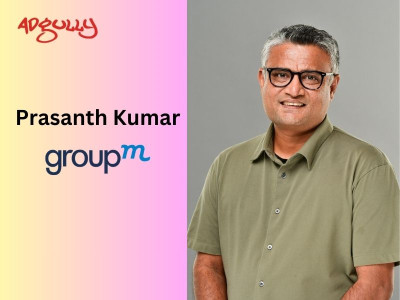

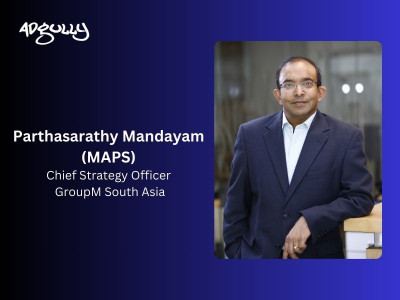
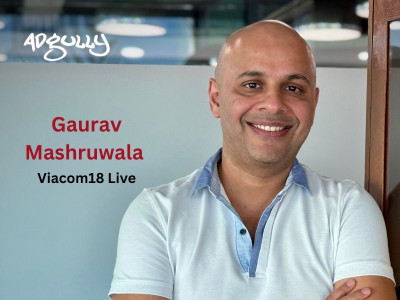


Share
Facebook
YouTube
Tweet
Twitter
LinkedIn